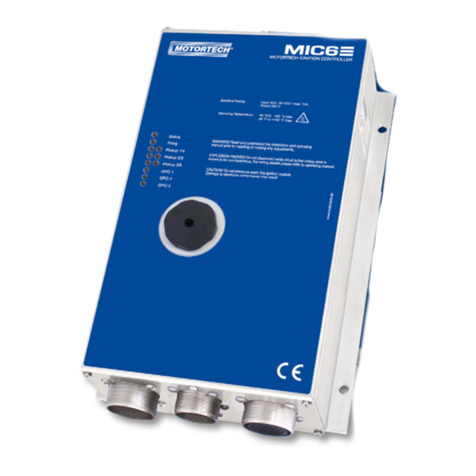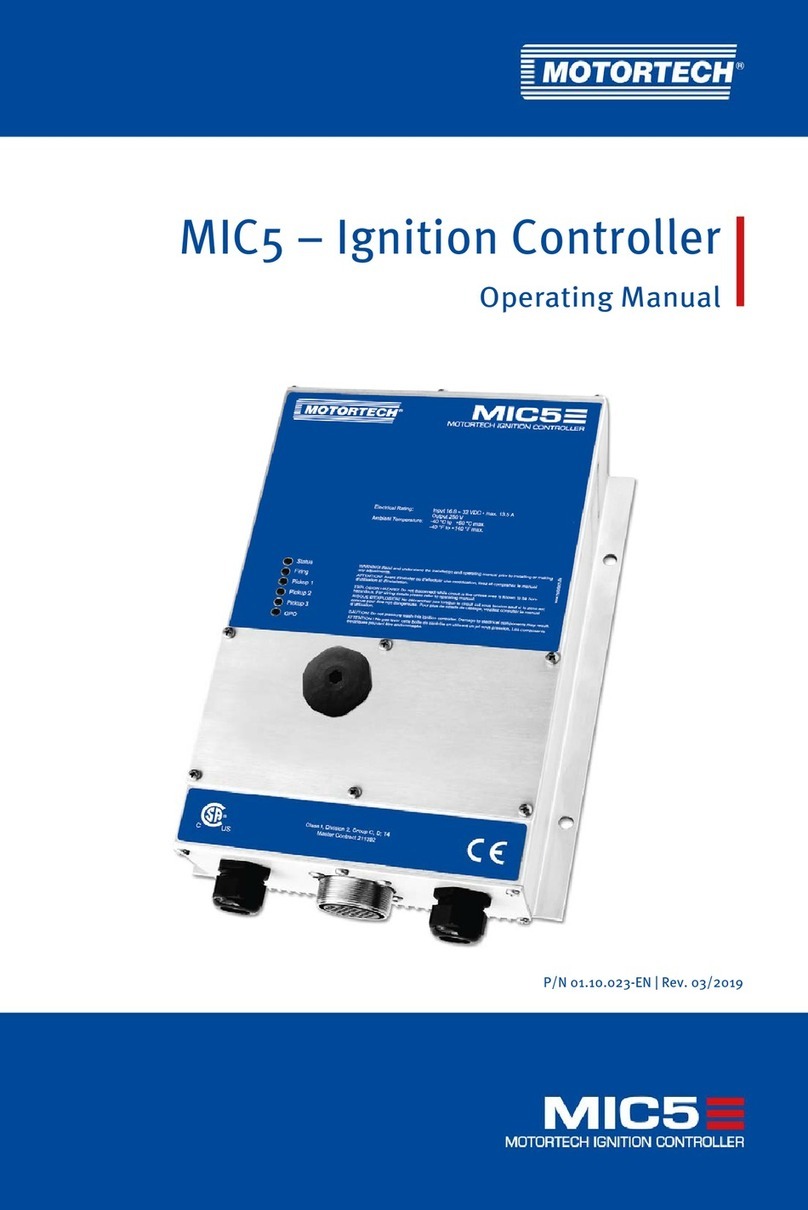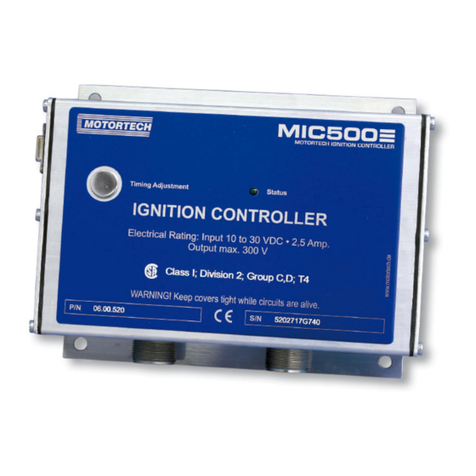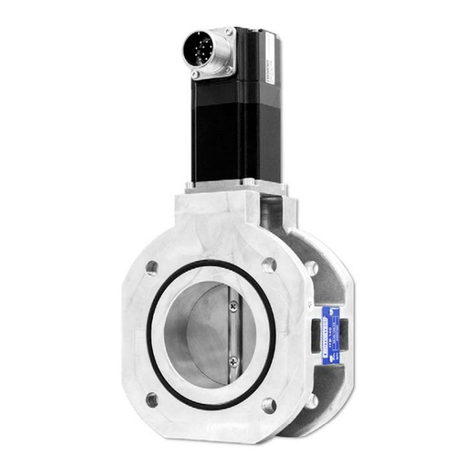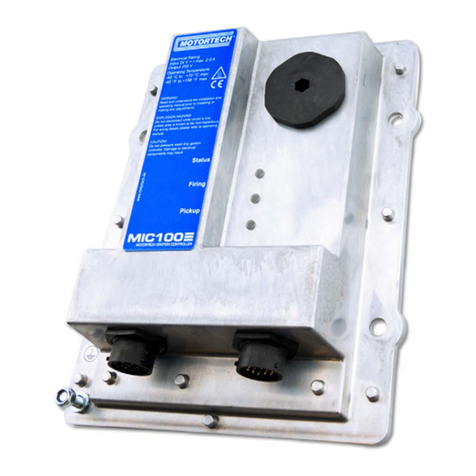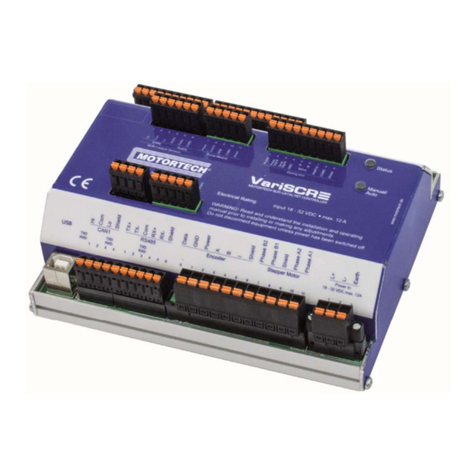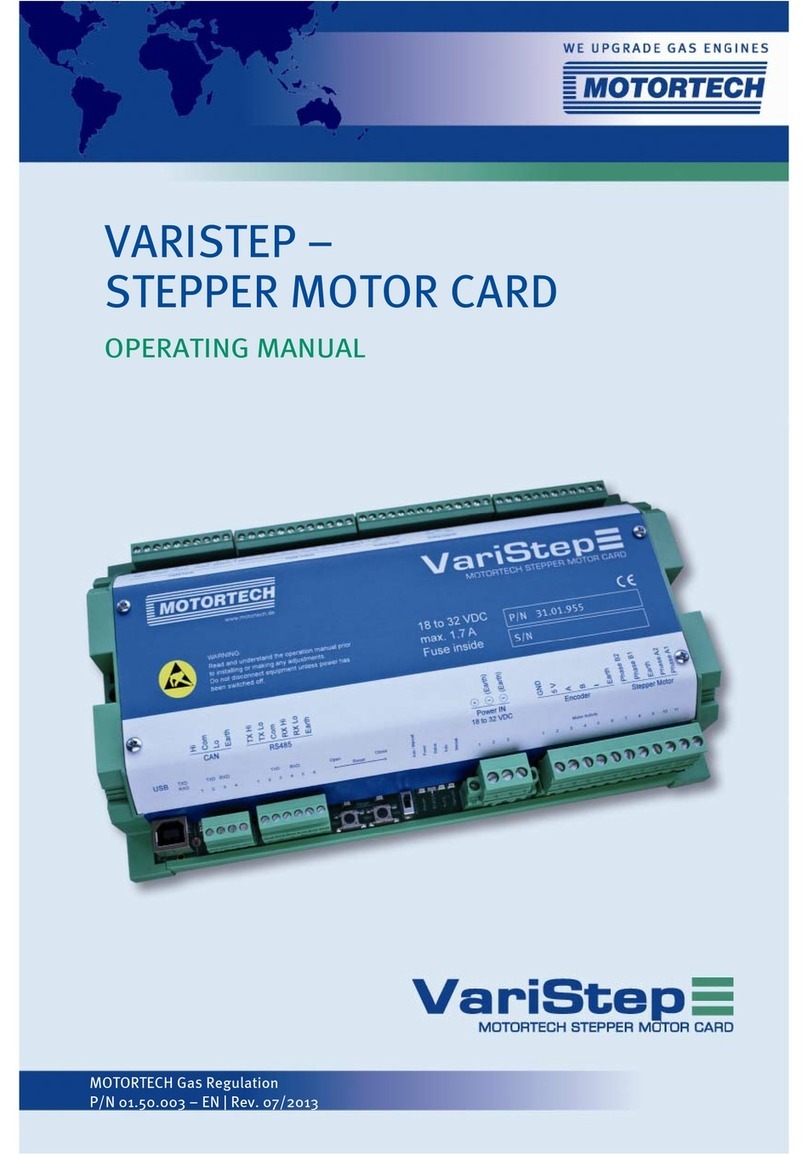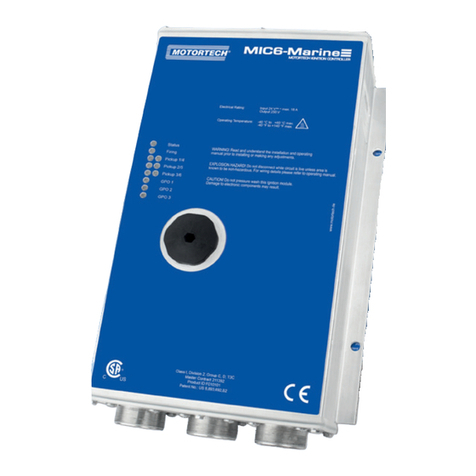Rev. 02/2019 3
1 General Information .................................................................................................... 6
1.1 What Is the Purpose of this Operating Manual? .........................................................6
1.2 Who Is this Operating Manual Targeted to?...............................................................6
1.3 Which Symbols Are Used in the Operating Manual?...................................................6
1.4 Which Abbreviations/Acronyms Are Used in the Operating Manual?........................... 7
2 Safety Instructions ..................................................................................................... 9
2.1 General Safety Instructions .....................................................................................9
2.2 Electrostatic Discharge Hazards ............................................................................ 10
2.3 Special Safety Instructions for the Device ...............................................................11
2.4 Proper Disposal.................................................................................................... 12
3 Intended Use ............................................................................................................. 13
3.1 Functional Description .......................................................................................... 13
3.2 Applications......................................................................................................... 17
3.3 Application in hazardous areas ............................................................................. 17
3.3.1 USA, Canada...................................................................................................... 17
3.3.2 European Union................................................................................................. 18
4 Product Description ...................................................................................................20
4.1 Technical Data ......................................................................................................20
4.1.1 Certifications .....................................................................................................20
4.1.2 Mechanical Data ................................................................................................28
4.1.3 Warning Notices on the Device............................................................................29
4.1.4 Product Identification - Labels on the Device........................................................30
4.1.5 Electrical Data.................................................................................................... 31
4.1.6 Interfaces..........................................................................................................32
4.1.7 Technical Data of the Detonation Sensors ............................................................ 32
4.1.8 Technical Data of the Ignition Sensor Unit (ISU) ...................................................34
4.1.9 Technical Data of the Camshaft Sensor................................................................34
4.1.10 Requirements for External Equipment ................................................................ 35
4.1.11 Overview Drawings ........................................................................................... 35
5 Installation Instructions............................................................................................. 41
5.1 Ground Connection / Protective Conductor Connection on ATEX Enclosure................43
5.2 Lead bushings through the enclosure wall on the ATEX enclosure ............................ 45
5.3 Mounting the Detonation Sensors..........................................................................49
5.4 Mounting the Ignition Sensor Unit (ISU) .................................................................54
5.5 Mounting the Camshaft Sensor.............................................................................. 56
Table of Contents
